Category: Illumination
-
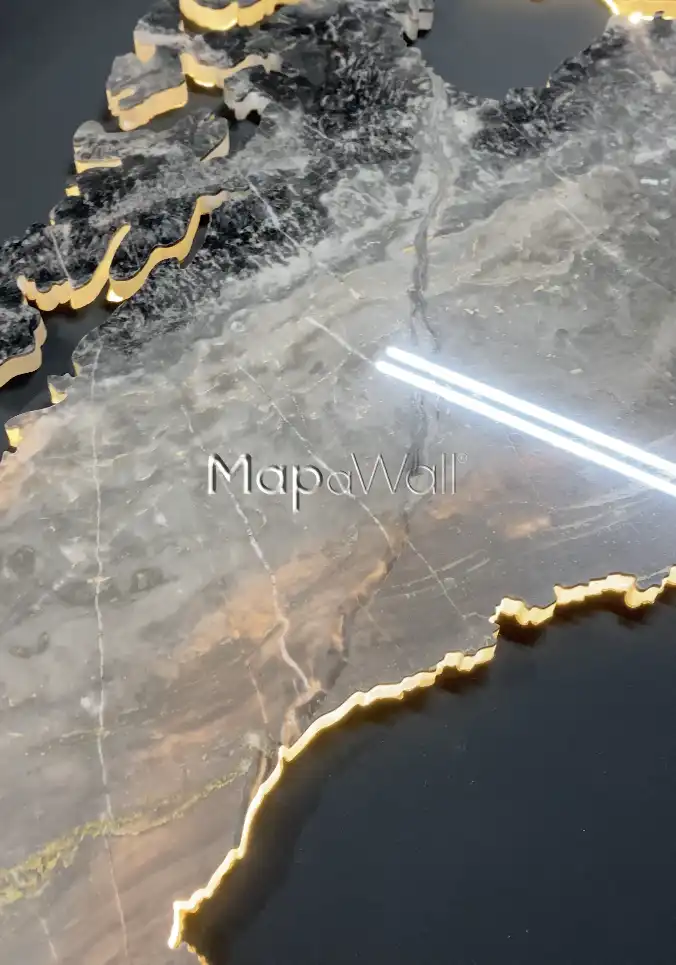
Illuminated Marble World Map
In our previous posts, we primarily delved into the world of exclusive illuminated world maps crafted from stainless steel. We detailed the manufacturing process of these stainless steel marvels and showcased their stunning appearance. However, in today’s post, we’re shifting our focus to a vastly different type of world map – one that may be…
-
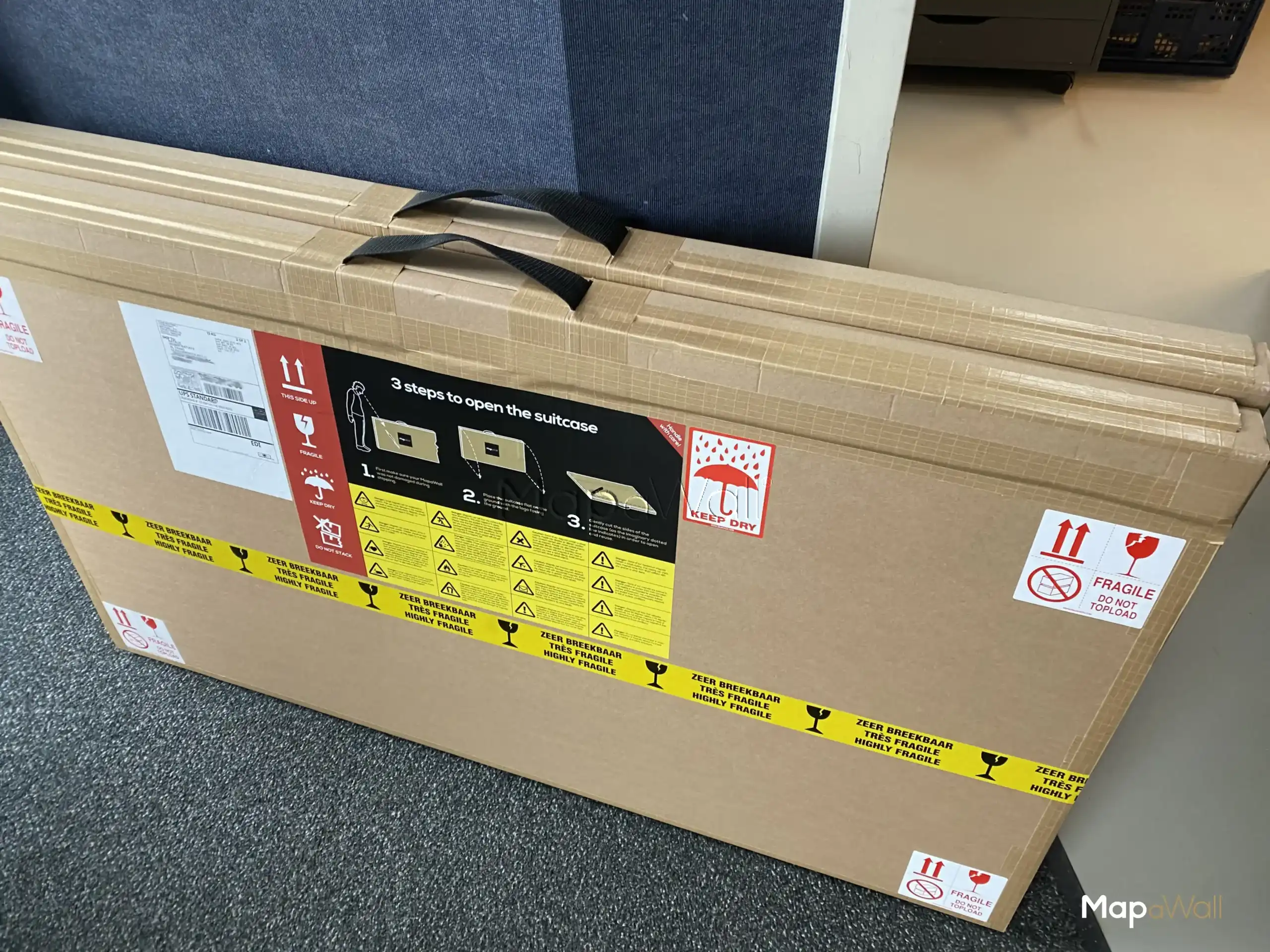
The crafting process (part 3)
In our latest post, we discussed the initial phases of crafting the illuminated world map, including cutting the two layers of steel with our fiber laser and shaping the acrylic layer responsible for the diffusing light. We also showed how we integrated the LED string into the map, demonstrating the effectiveness of the diffused light…
-
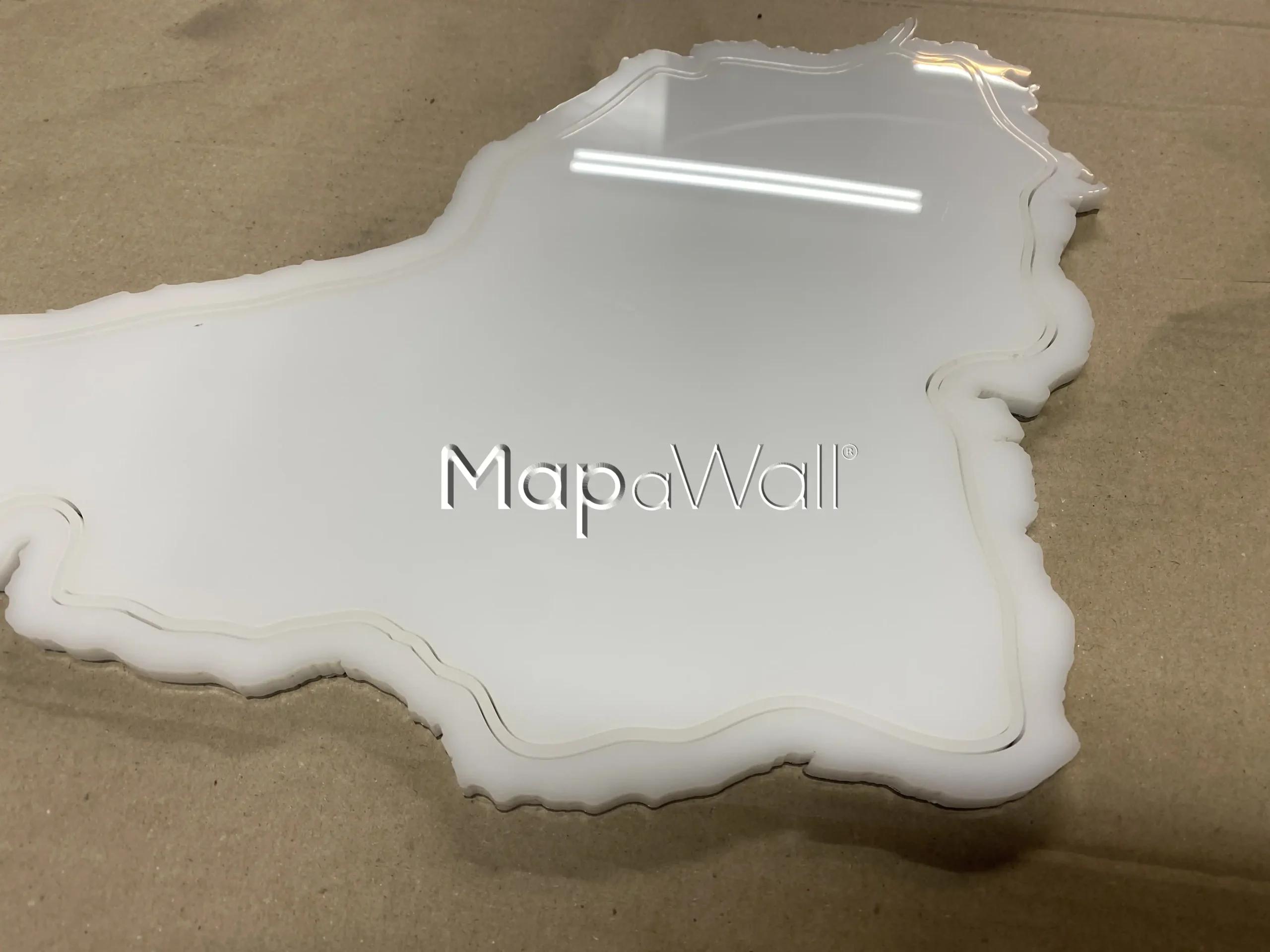
The crafting process (part 2)
As demonstrated in the initial phase of crafting this illuminated stainless steel world map, our process started with cutting the base layer from a corten steel plate using our fiber laser. Subsequently, our steel supplier prepared the stainless steel for cutting. Once the top layer was cut and engraved, we proceeded to work on the…
-
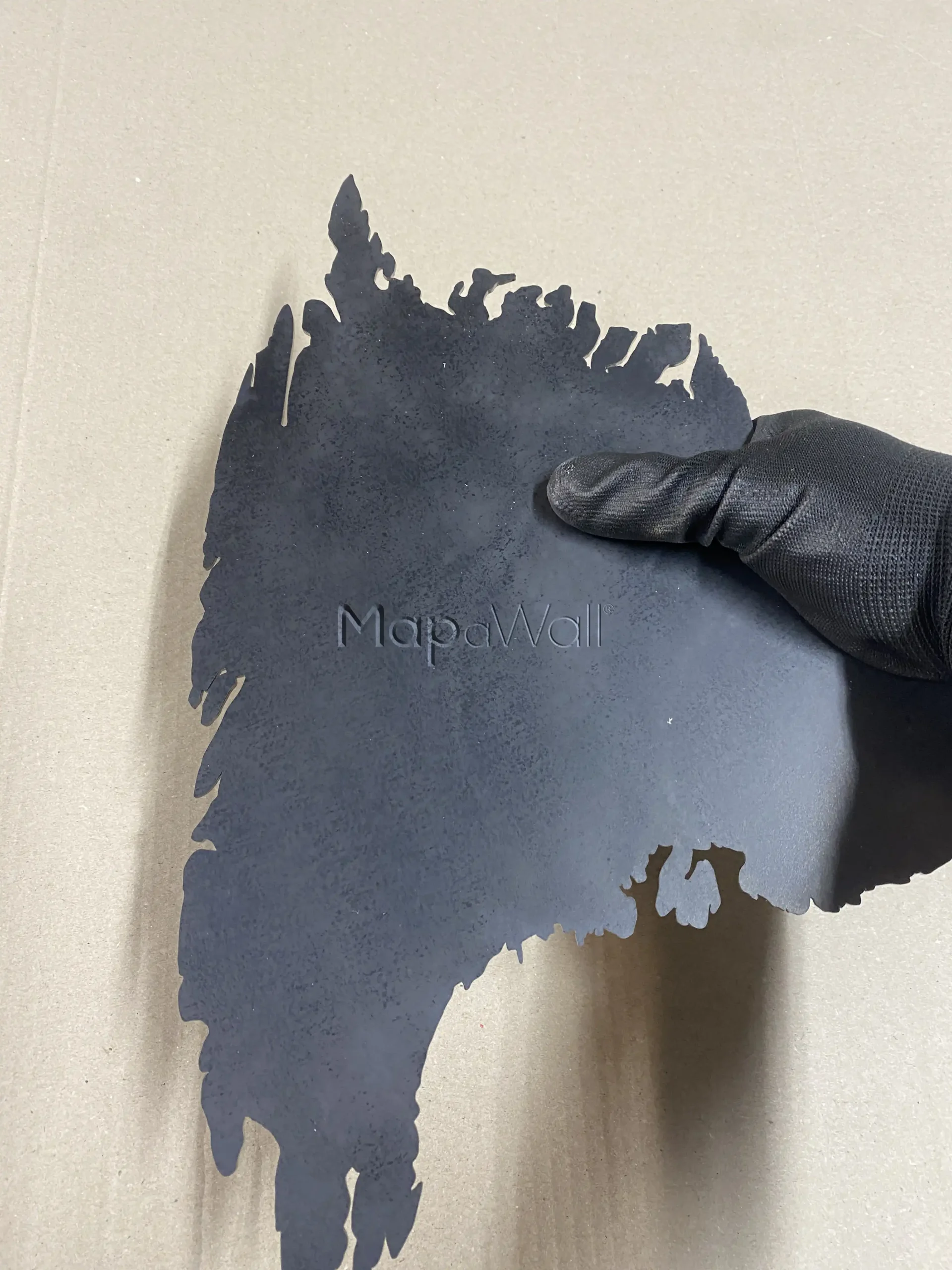
The crafting process (part 1)
In this initial part of a three-part series, we offer insight into the creation process of our exclusive illuminated stainless steel world maps. We take a look into the production of each component and the assembly that transforms them into a singular, magnificent map—a piece that elegantly illuminates your space. Cutting the corten steel As…
-
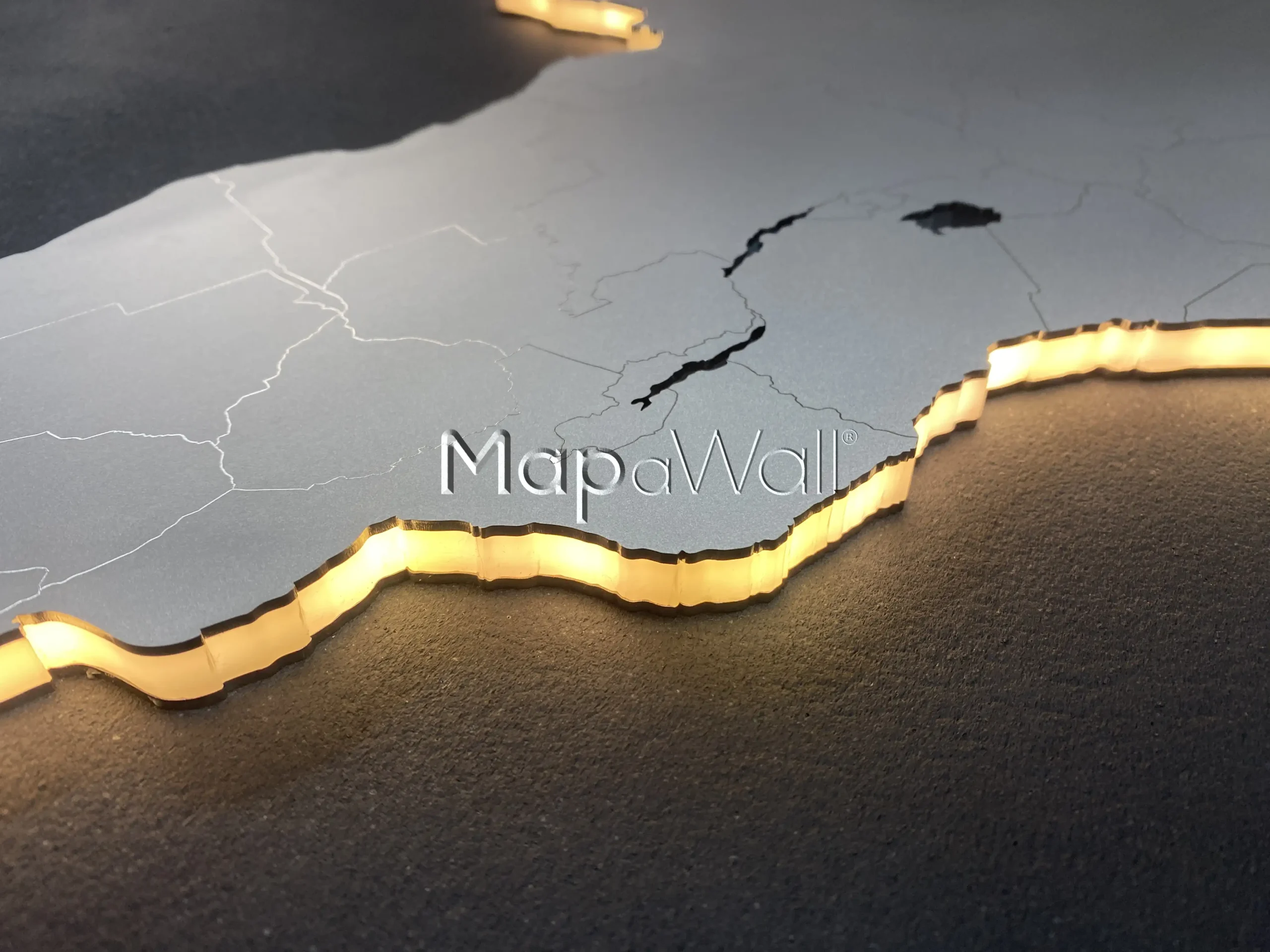
Warm and cold diffused LED
In the previous post we explained how the illuminated stainless steel world maps are crafted and how they are set up in order to spread this beautiful diffused light. In this post we will have a closer look in the difference between warm and cold white. Suitable LED-strings As you might know, all sorts of…